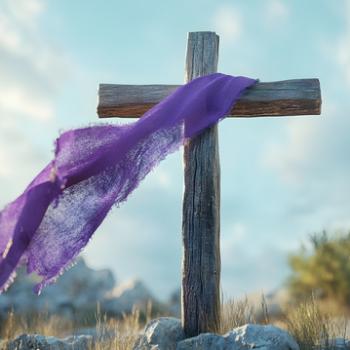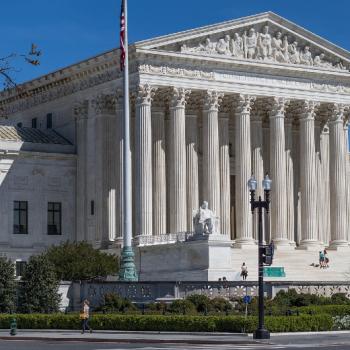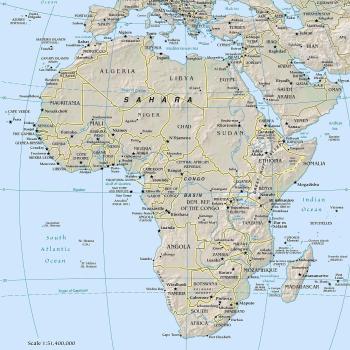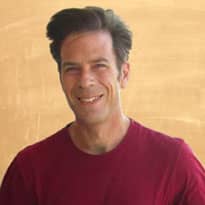With planet Earth now home to seven billion living inhabitants, it's hard to dispute the logic of squeezing the dead into small and obscure spaces, even if those spaces be as small and obscure as an urn in a private home. Facebook now permits dead account holders' next of kin to turn their pages into memorials, where loved ones leave messages like unwilting flowers. YouTube and blogging platforms enable the dying to bid farewell to a potential audience of millions. Considered objectively, the odds of reaching the living from beyond the grave may be higher now than ever before.
But being both dead and present is a delicate paradox, and I have my doubts that these media can do it the same justice as a cemetery located within easy driving—or better yet, walking—distance. The problem isn't that Facebook lacks the "solemn stillness" of the air in Gray's country churchyard, though God knows it does. But the leveling effect is too complete. Nobody is standing up, and nobody is lying down.
So maybe, when the time comes to pick a place to live, it's good for the soul to count a browsable cemetery as a must-have, or at least a plus. Strip malls come and go, school districts rise and fall. But places that stretch the imagination to measure the gulf between life and death may soon be America's best-kept secret.





